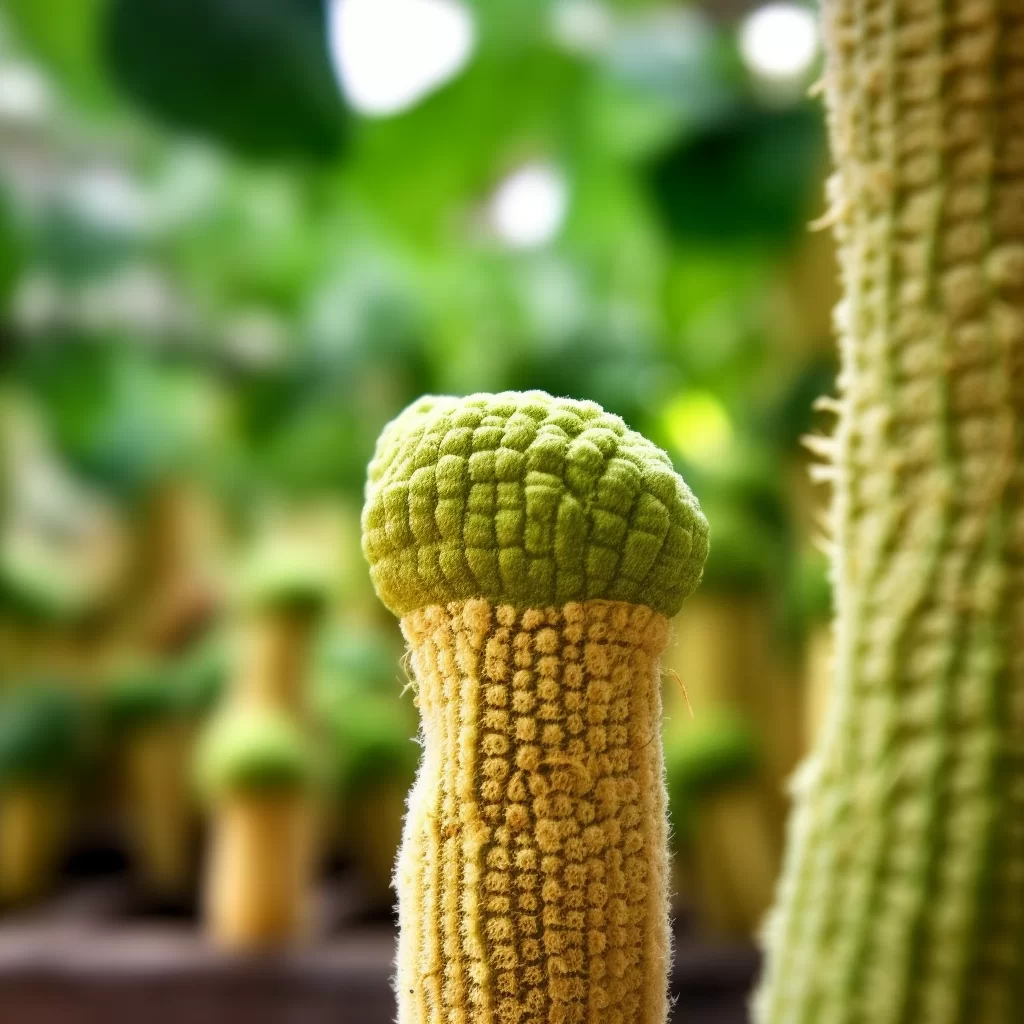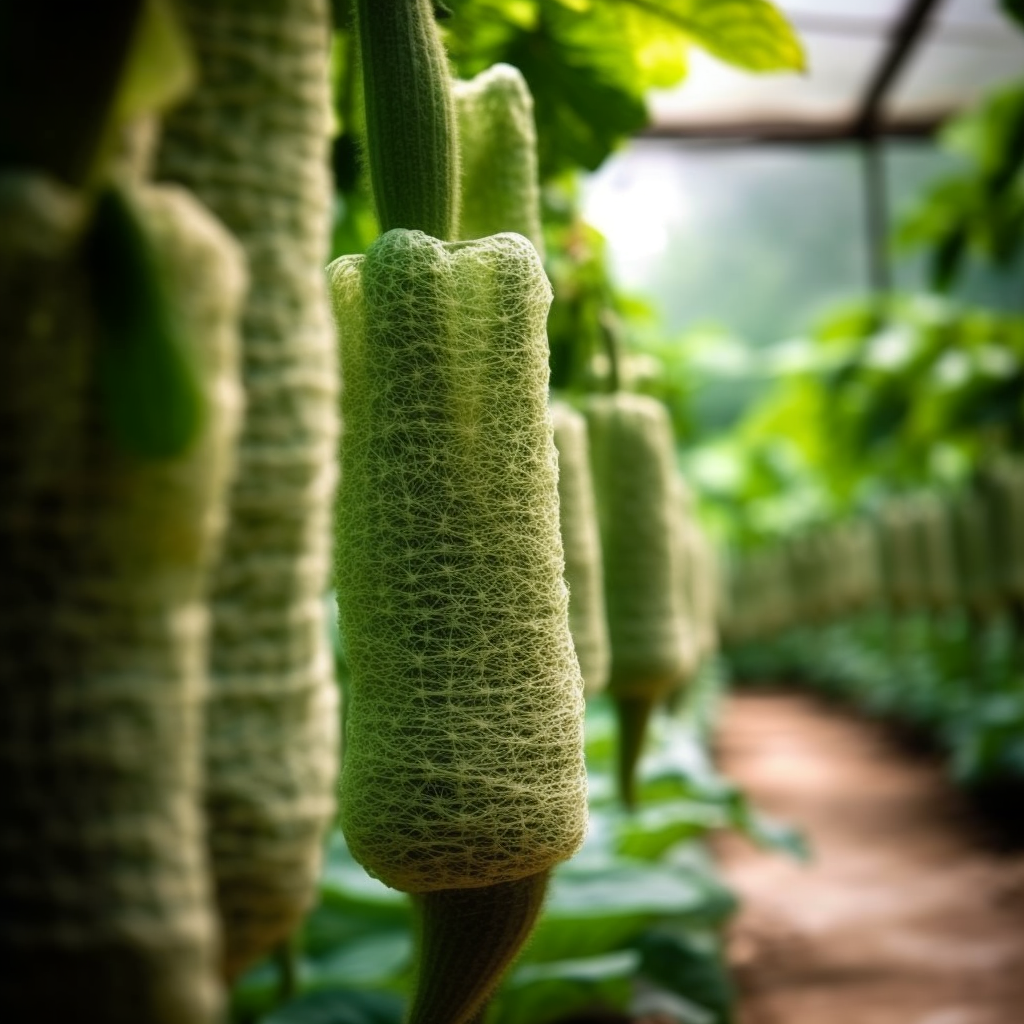Story of Day :
Contents
The Luffa Plant: A Complete Guide and Care Tips
When you think of luffa, your mind probably jumps to the scrubby sponge you use in the shower. But did you know that luffa is also a plant? That’s right! The luffa plant is a member of the cucumber family and can be grown in your own garden.
What is a Luffa Plant?
The luffa plant, also known as sponge gourd or loofah, is an annual vine that produces long green fruits resembling cucumbers. These fruits can grow up to 30cm long and are filled with fibrous tissue that becomes spongy when dried.

Luffas are tropical plants native to Asia but are now cultivated around the world for their versatile uses. In addition to being used as natural sponges and exfoliators, they can also be used for cooking. The young fruit can be eaten like zucchini or cucumber while mature fruits can be dried and processed into loofah sponges.
How to Grow Luffa Plants
If you want to grow your own luffas at home, here’s how:
- Choose a sunny spot: Luffas need plenty of sunlight (at least 6 hours a day) so choose an area in your garden that gets direct sunlight.
- Sow Seeds: Sow seeds directly into well-draining soil after all danger of frost has passed. Space seeds about one inch apart at a depth of one inch.
- Maintain Moisture: Keep soil moist until seedlings emerge then water regularly (but not too much) as the luffa plant does not like to be waterlogged.
- Support Vines: Luffas are vines and will need support to grow tall. You can provide trellises, stakes or even a fence for the vines to climb.
- Harvest: Luffas should be harvested when they are fully mature but still green in color. Once the skin turns brown, it is too late to process into sponges.
Care Tips for Luffa Plants

Luffas are relatively easy plants to care for, but here are some tips that can help maximize your yield:
- Fertilizer: Luffas benefit from regular fertilization with a balanced fertilizer (10-10-10). Apply every four weeks during growing season.
- Pests and Disease Control:Luffa plants can attract pests such as aphids and squash bugs. Use insecticidal soap or neem oil spray when necessary. Powdery mildew may also occur; remove infected leaves and stems immediately.
- Pruning: Prune regularly by trimming off lateral shoots at leaf axils. This encourages upward growth of the main stem resulting in larger fruit production.
In Conclusion…

Growing luffa plants in your garden is not only fun but also sustainable! The plant produces edible fruits while providing natural sponges that do not pollute our planet like synthetic ones do. By following these tips on how to grow and care for luffa plants, you’ll soon have an abundant supply of both food and sponges!
